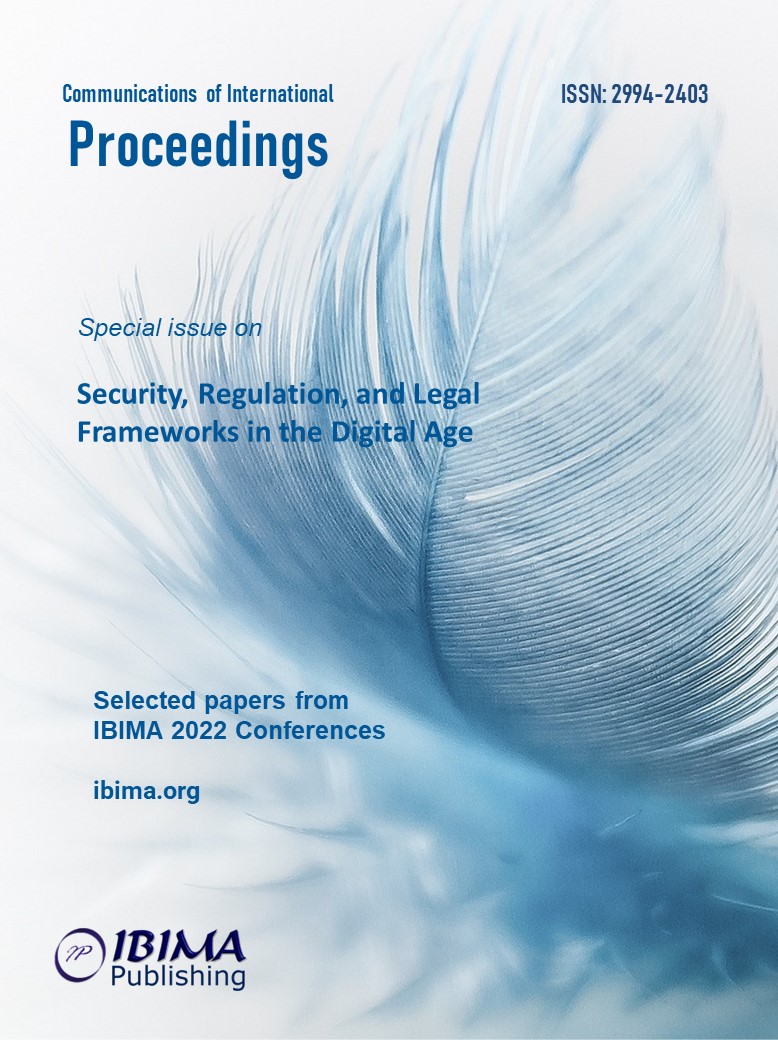
Suhaila MOHAMED1, Muhamad Khalil OMAR2, Nor Intan Adha HAFIT3 and Siti Hajar Binti MOHD HUSSAIN4
1,2,3Faculty of Business and Management, Universiti Teknologi MARA (UiTM) Selangor Branch,
42300 Bandar Puncak Alam, Selangor, Malaysia.
4Faculty of Business and Management, Universiti Teknologi MARA (UiTM) Kedah Branch,
08400 Merbok, Kedah, Malaysia.

Sensemaking refers to the process where ‘people generate what they interpret’. The premises of Sensemaking Theory could help researchers to examine the process of human interactions, which sets around the processes of noticing, interpreting, and engaging in action. Thus, Sensemaking Theory provides a theoretical argument for explaining a causal explanation process in analysing human interactions in qualitative data. This (examining the causal explanation process in human interactions) is important as it could help our effort in establishing rigour in qualitative data, which is a persistent issue in qualitative research. Since the process of human interactions is complex, and rigour is an issue in qualitative research, this article will illustrate a practical approach to overcoming the issue of rigour in qualitative data. This could be done by utilizing the premises of the Sensemaking Theory in conducting qualitative data analysis. Analyzing massive qualitative data for a novice qualitative researcher could be challenging. This article explains how a novice qualitative researcher could perform a step-by-step method in analyzing qualitative data from interview transcripts. This is especially relevant for researchers who rely on human interaction data that shapes human experience and opinion. Interaction is the collective back-and-forth sequences of action and reaction between individuals or between an individual and something else. This article illustrates two types of coding methods i.e. Causation Coding method and the Pattern Coding method.